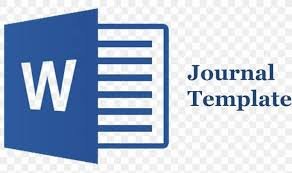Development of an Interactive Digital Mathematics Textbook Based on Flipbook for Junior High School in the Context of Kurikulum Merdeka
Keywords:
Digital flipbook, Interactive textbooks, Numeracy literacy, ADDIEAbstract
This study aims to develop a digital mathematics textbook based on an interactive flipbook format aligned with the Kurikulum Merdeka and accessible across various devices, including smartphones. The research addresses the limitations of conventional printed textbooks in engaging students and supporting differentiated instruction. The development process follows the ADDIE model, encompassing five stages: Analysis, Design, Development, Implementation, and Evaluation. The analysis stage involved identifying curriculum requirements and the preferences of both teachers and students regarding instructional media. The design and development stages produced a digital textbook containing textual materials, instructional videos, interactive animations, external links, and assessments aligned with the Asesmen Kompetensi Minimum (AKM). Validation was conducted by three content experts and one media expert using the Learning Object Review Instrument (LORI), assessing aspects such as content quality, interactivity, and accessibility. The validation results indicated a “highly valid” category, with average scores of 4.51 for content and 4.45 for media. A limited implementation was carried out at two public junior high schools (SMP Negeri) in Kolaka Regency, involving selected teachers and students. The results showed that the interactive flipbook effectively increased student engagement, supported differentiated learning, and enhanced students’ numeracy literacy. Further evaluation suggested that the product is widely applicable, with only minor technical improvements needed. The findings recommend that transforming textbooks from printed to interactive digital formats is an effective strategy for supporting 21st-century learning that is adaptive, flexible, and student-centered.


